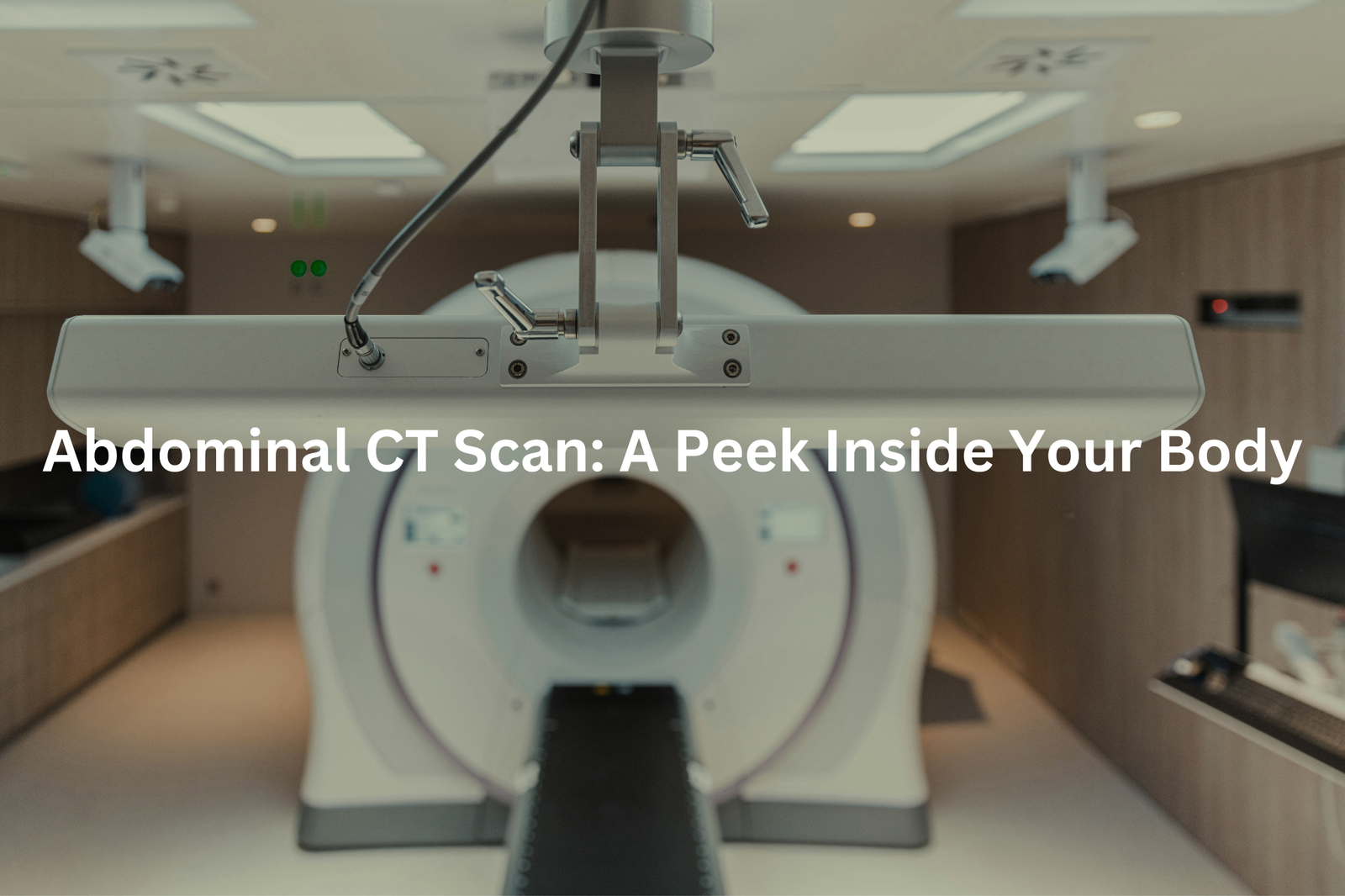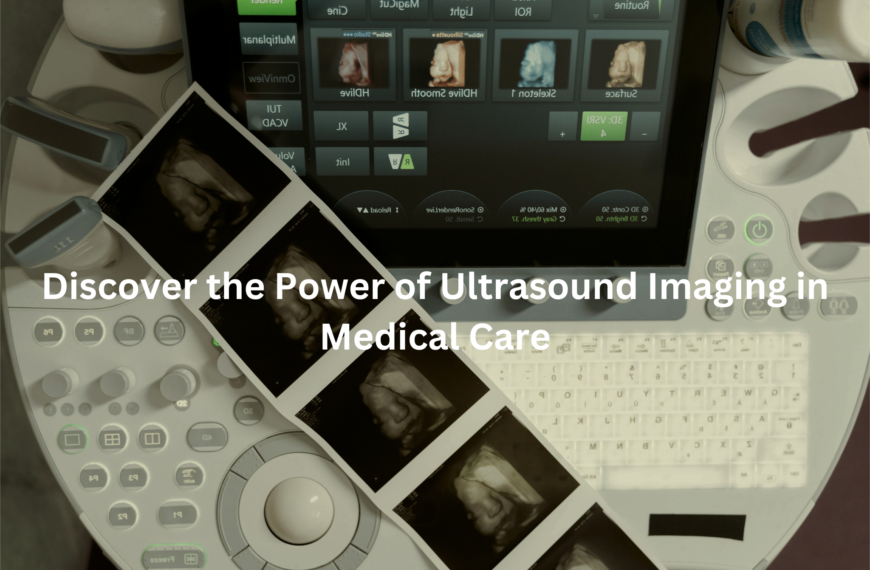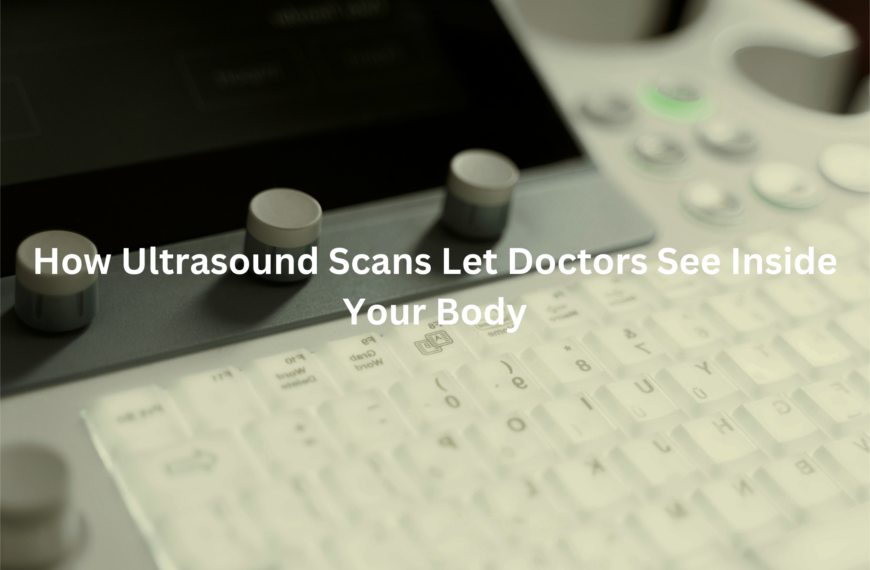Ever wondered how an abdominal CT scan works? Discover how this scan helps doctors see inside your body and find answers to health questions.
When you visit a hospital, you might see big machines and people in white coats. One important machine is the CT scanner. It takes pictures of our insides to help doctors understand what’s happening in our bodies. An abdominal CT scan focuses on your tummy area, checking for problems like injuries or diseases.
During the scan, you’ll lie on a table that moves slowly into a big, circular hole. You might hear some whirring sounds. It’s quick and usually painless. So, if you’re curious about how doctors use this scan to help us, keep reading to find out more!
Key Takeaway
- An abdominal CT scan helps doctors see inside the belly area and pelvis.
- This scan is fast, usually taking just a few minutes.
- You might need to drink or get a special dye to help the pictures be clearer.
What is an Abdominal CT Scan?
The CT scanner sits quietly in the room, its round shape a bit like a giant, hollow lifesaver. It’s not scary, though it’s there to do a serious job—taking detailed pictures of the inside of your body using x-rays.
This machine is special because it can see things regular x-rays can’t. It takes cross-sectional images (like slicing a loaf of bread to see each piece) and combines them into a 3D view. Doctors use it to check organs like the liver or lungs and spot tiny problems, even as small as a pencil tip(1).
A friend once told me her scan found a tumour early. She said it felt like magic—just lying still for a few minutes, and they saw everything. If you’re getting one, don’t eat beforehand; it helps the images. And don’t worry—it’s painless. Just lie there, breathe gently, and let the scanner do its thing.
Why Do You Need an Abdominal CT Scan?
Abdominal pain can feel like a puzzle. Sometimes, it’s sharp and sudden; other times, it lingers, dull and confusing. When doctors can’t figure it out with basic exams, they often suggest a CT scan.
The CT scanner, shaped like a big doughnut, takes detailed pictures of the inside of your body. It’s like having X-ray vision but much clearer. For stomach problems, it’s especially useful.
Here’s what it can find:
- Small tumours in organs like the liver or pancreas.
- Emergencies like appendicitis or internal bleeding.
- Digestive issues like Crohn’s disease or blockages.
- Hidden infections or abscesses.
- Injuries from accidents.
A mate of mine had one after a car crash. She thought she was fine, but the scan showed a small tear in her spleen. “It’s quick,” she said, “and it probably saved me.” If you’re getting a scan, stay calm. Drink water, listen to instructions, and breathe easy. It’s painless.
What Happens During the CT Scan?
Sources: NIBIB.
The waiting room smelled faintly of antiseptic, but the nurse’s smile made it feel less clinical. Preparing for a CT scan starts earlier than you’d think. Often, you’ll need to fast—no food or drink for four to six hours(2). This helps keep the images clear.
Sometimes, you might drink a special liquid or get contrast dye through an IV. It makes organs and blood vessels easier to see. It can feel a bit odd—like a warm rush—but it’s over quickly.
When it’s time, you’ll lie on a cushioned table that slides into the scanner. The machine, shaped like a giant donut, clicks and hums as it takes detailed pictures. It’s quick and painless.
I remember my dad saying, “It’s noisy, but easy.” He was right. If you’re having a scan, wear comfy clothes, skip the jewellery, and just stay still. The machine handles the rest.
Safety Considerations
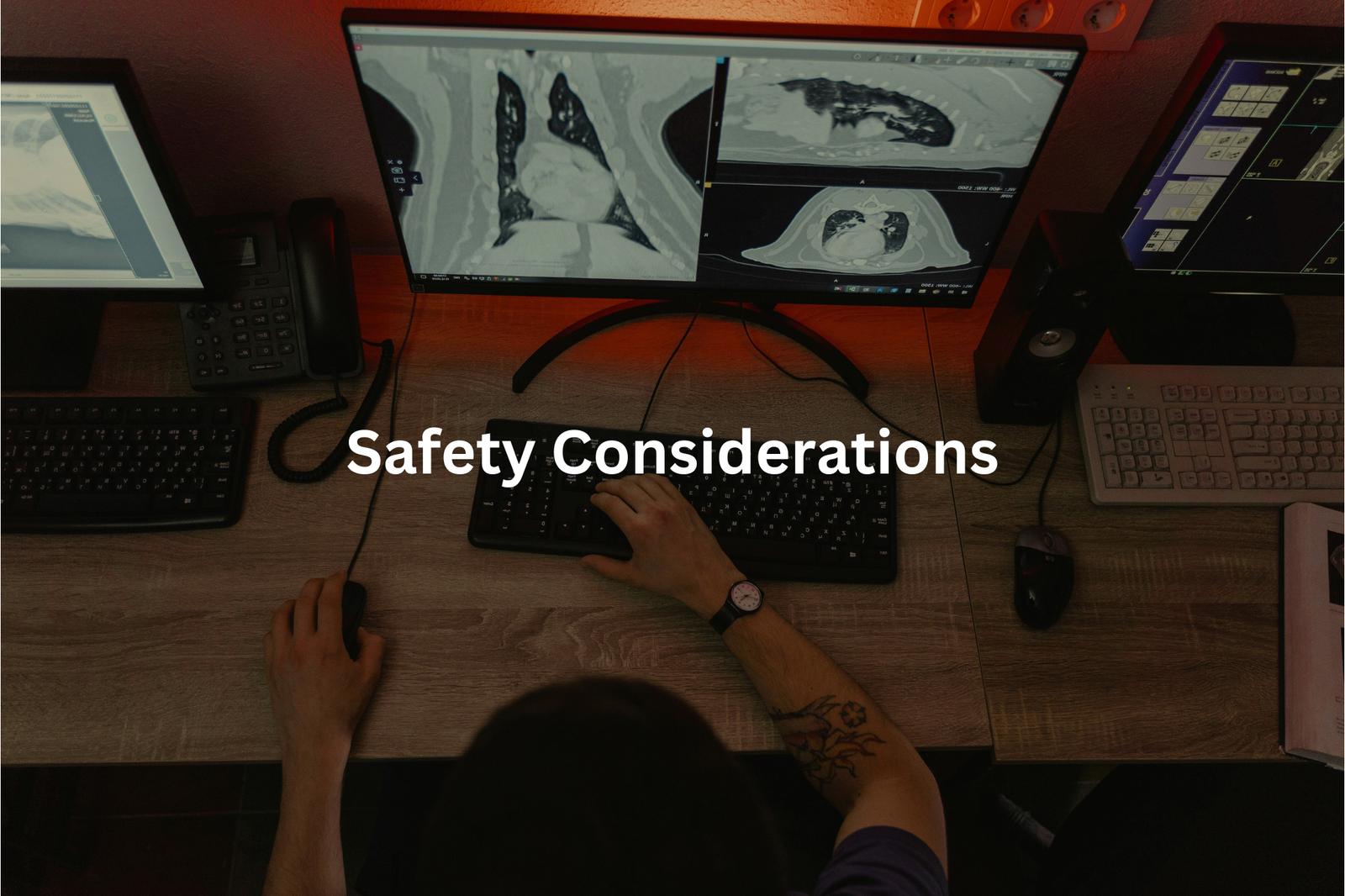
The word “radiation” can make people uneasy. It sounds scarier than it is, especially with CT scans. Yes, these scans use radiation, but they’re designed to be safe.
An abdominal CT scan uses about 10 millisieverts (mSv) of radiation. That’s more than a chest X-ray (0.1 mSv), but still safe for most people. Doctors follow the ALARA principle—“As Low As Reasonably Achievable”—to use just enough radiation for clear images.
Here’s what to keep in mind:
- Modern CT machines target only the area being scanned(3).
- If you’re pregnant, tell your doctor. Alternatives might be better.
- It’s okay to ask questions about safety.
My mum had a CT scan for kidney stones last year. She was nervous, but the technician explained everything calmly, which helped. If your doctor recommends a CT scan, don’t stress. It’s a safe, effective tool. Just ask questions if you’re unsure.
Risks and Side Effects
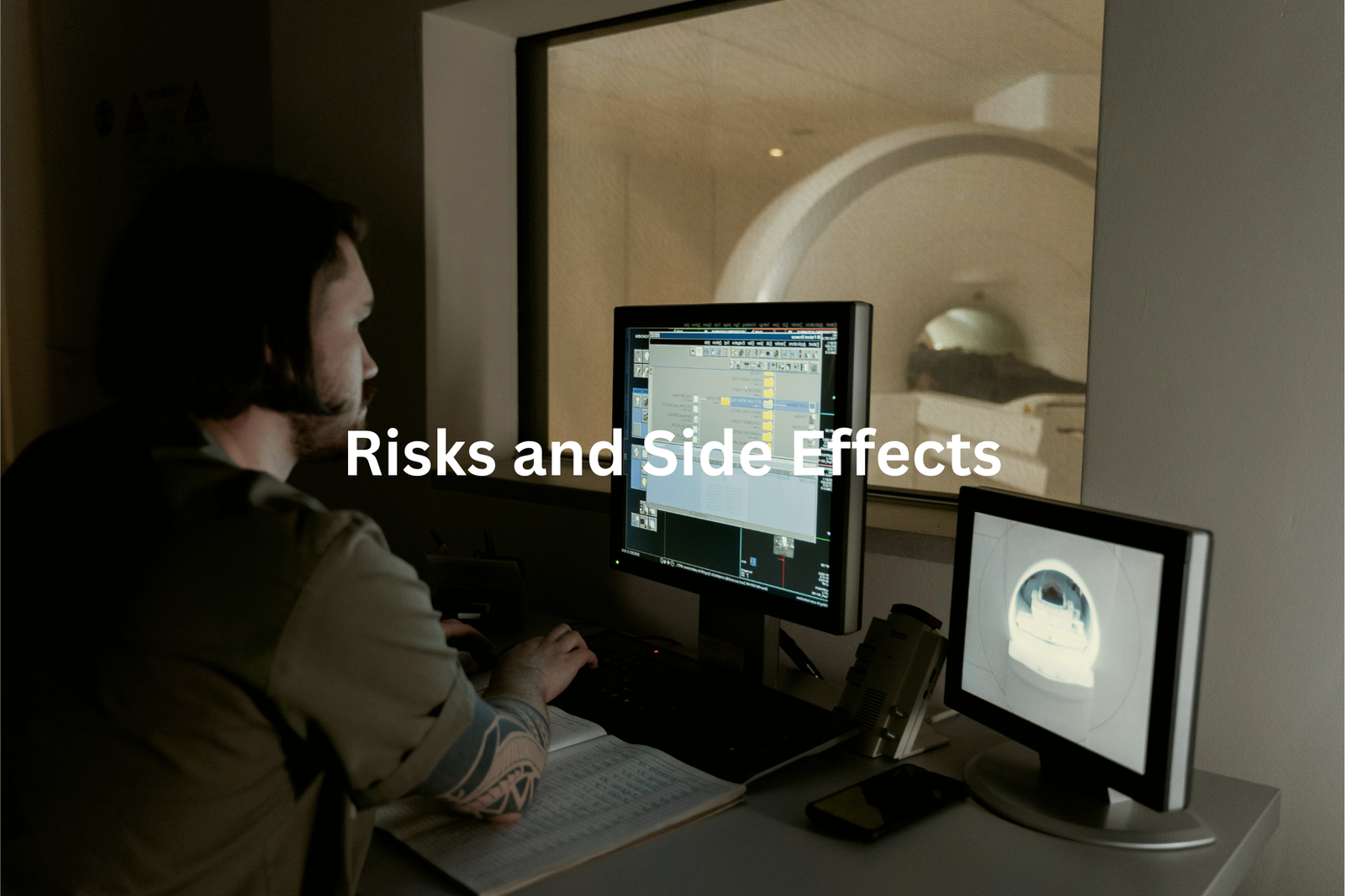
Most people breeze through a CT scan without any trouble. No side effects, no worries. But, like anything medical, there’s a slim chance of a hiccup.
The contrast dye used to highlight images can sometimes cause mild allergic reactions. These might include:
- A rash (itchy but harmless).
- Hives (small, raised bumps).
Severe reactions, like breathing issues or swelling, are very rare—less than 1 in 1,000. My cousin Kate had a scan last year. She felt warm when the dye went in (normal, they said), but since she’d had allergies before, the staff kept a close watch.
Here’s what you can do:
- Tell your doctor if you’ve reacted to contrast dye before.
- Share any allergies, even if unrelated.
- Keep an eye out for symptoms afterwards.
CT scans are incredibly useful, but being honest about your health history helps ensure everything goes smoothly. Better safe than sorry.
What Happens After the Scan?
The waiting room’s the toughest bit, isn’t it? You’re there, trying not to let your mind wander, while the CT scan’s already done its job. What happens next, though, is where the real work begins.
The scan images (they’re like slices of your body) go to a radiologist. These folks are experts, trained to spot things most of us wouldn’t even notice. They’re like detectives, studying every detail.
Here’s the usual process:
- The radiologist reviews your scan for things like fractures, blockages, or anything unusual.
- They write a report—part technical, part plain English—for your doctor.
- Your doctor explains the results and what they mean for you.
Sometimes, follow-up tests are suggested. A mate of mine had that after a chest scan showed a shadow. Turned out fine, but the extra tests eased his worries. If you’re nervous waiting, call your doctor’s office. They’re there to help. Always.
Final Thoughts
It’s odd, isn’t it, how much happens inside us without us even noticing? Abdominal CT scans help doctors see what’s going on in there—organs like your liver, kidneys, and intestines. They’re like a window into the body.
Doctors usually order these scans to figure out what’s causing pain, check for injuries, or look for things like tumours or blockages. The scan itself is quick. You lie on a table that moves through a machine shaped like a giant doughnut. Sometimes, they use a contrast dye (it’s injected through an IV) to make things clearer on the images. You might feel warm or get a metallic taste in your mouth, but it passes fast.
A friend of mine had one for stomach pain. It found a gallstone, and she was relieved to know what was wrong. If you’re nervous, talk to your doctor—they’ll explain everything. It’s okay to ask questions.
FAQ
What is a CT (or CAT) scan of the abdomen?
A CT (or CAT) scan uses a series of X-ray beams to take detailed pictures of the internal organs and structures in your abdomen or belly area. This imaging test can help doctors diagnose a wide range of conditions, from kidney stones to cancer.
How does an abdominal CT scan work?
During an abdominal CT scan, you’ll lie on a narrow exam table that slides into a short tunnel-shaped machine. The machine uses X-ray beams and special detectors to capture detailed images of your internal organs and tissues. The scan typically takes 10-30 minutes to complete.
Do I need to do anything to prepare for an abdominal CT scan?
For most abdominal CT scans, you’ll need to avoid eating or drinking for a few hours beforehand. You may also be asked to take an oral contrast solution to help improve the visibility of certain organs. It’s important to follow any specific instructions from your healthcare provider.
Is an abdominal CT scan safe?
Abdominal CT scans use a small amount of radiation, which is generally considered safe for most people. However, there is a slight increased risk of cancer from the radiation exposure. Your healthcare provider will weigh the benefits and risks to determine if an abdominal CT scan is the best imaging test for your needs.
How will I get my abdominal CT scan results?
After your abdominal CT scan, a radiologist will analyse the images and provide a detailed report to your healthcare provider. They’ll be able to share the results with you and explain any findings or next steps. The results are usually available within a few days.
Conclusion
Getting an abdominal CT scan can feel a bit scary, but it’s a helpful test doctors use to see inside your belly and pelvis. The process is usually quick (it takes about 10 to 30 minutes), and it gives clear images that help spot any problems. If you have questions, don’t hesitate to ask your doctor. Remember, it’s all about making sure you stay healthy. So, take a deep breath – you’re in good hands!
References
- https://mermaidbeachradiology.com.au/ct-abdomen-scan/#:~:text=An%20abdominal%20ct%20scan%20is,fat%20all%20in%20one%20scan.
- https://i-med.com.au/articles/everything-to-know-about-ct
- https://www.racgp.org.au/afp/2013/june/radiation-safety

